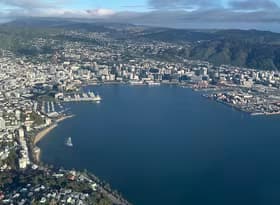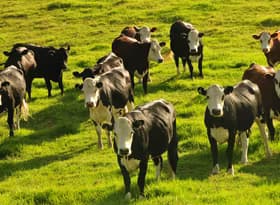Articles
There are some early, small, tentative signs of a turnaround according to Infometrics’ latest monitoring of regional economies, but tough conditions remained for many areas and sectors at the end of 2024. Read
The labour force participation rate has been consistently rising over the past 30 years in New Zealand, providing a welcome boost to the labour supply. But can participation keep rising? Read
US President Ronald Reagan is famous for repeatedly using the phrase “trust, but verify”, underscoring the importance of testing assumptions to confirm that claims are true. It’s a phrase that economists also keep in mind when dealing with a vast array of different datasets. Read
New Zealand’s provincial economies contribute greatly to the overall economy, providing dairy, meat, and horticultural products to the nation and overseas export markets. Read
Expectations of a housing market pick-up during 2025 are mounting, with the Reserve Bank having cut the official cash rate by 125 basis points in the last four months. We look at the latest indicators to assess how much substance there might be to the market’s upturn. Read
Most countries have largely reined in higher inflation, following a period of heightened price pressures stemming from stimulus during the pandemic, compounded by geopolitical events like the Russian invasion of Ukraine. Read
Building costs, like prices across most of the economy, surged higher between 2021 and 2023, as a result of supply chain disruptions, capacity constraints, labour shortages, and strong demand conditions. Read
To say that 2024 has been tough on both construction workers and employers is putting it mildly. In this article we use Stats NZ’s employment stocks and flows series to understand where construction workers typically come from, and where they head after construction. Read
Benefit numbers have been in the headlines again in recent times, as the economy has continued to deteriorate and businesses shed staff and limit hiring in the face of lower sales and activity amid still high input costs. Read
Yesterday the Reserve Bank accelerated the monetary policy easing cycle, cutting the official cash rate (OCR) by 50 basis points to 4.75%. Markets had priced in a cut of around 50 basis points, although the consensus among analysts was more divided between 25 and 50 basis points. Most retail banks had shifted their forecasts to a 50-basis point cut following the release of NZIER’s Quarterly Survey of Business Opinion on 1 October. Read









